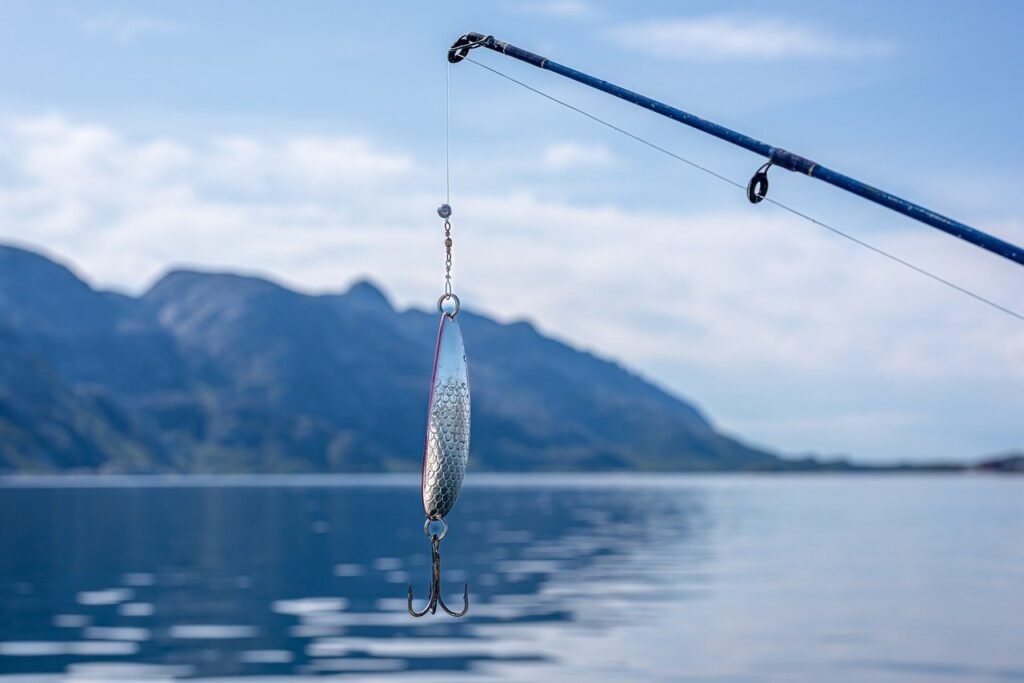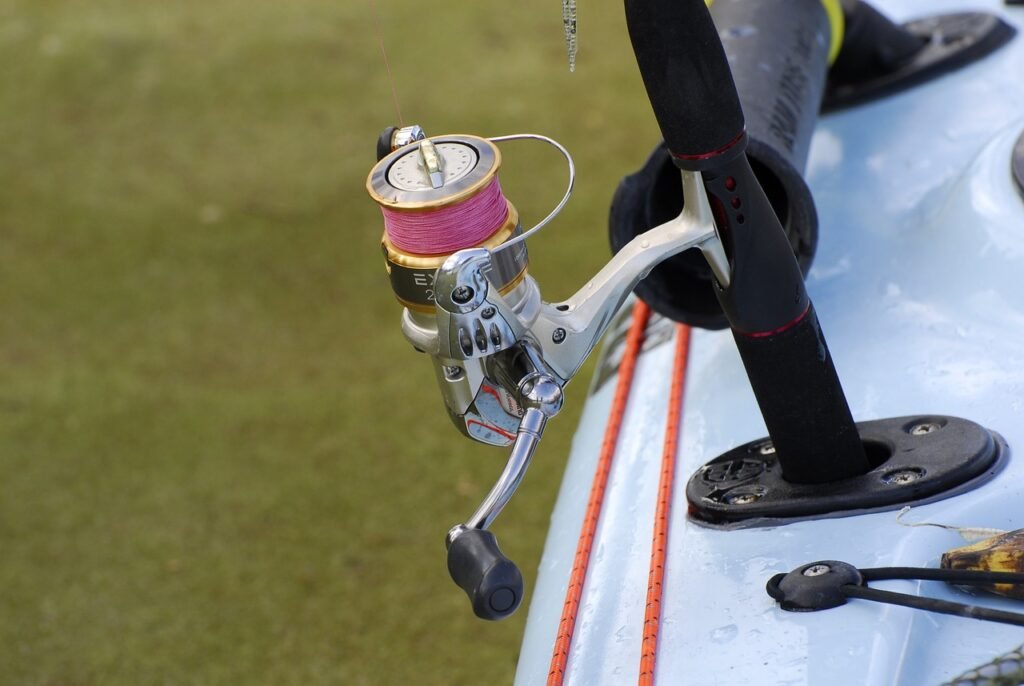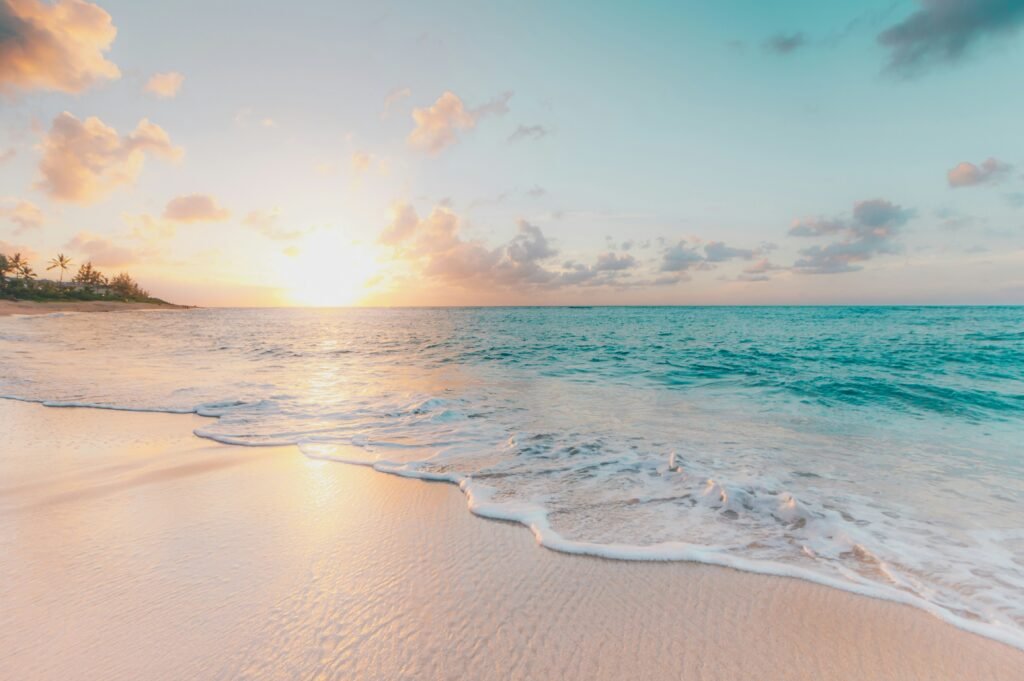Have you ever watched in awe as anglers clad in waders cast their lines into the ocean, seamlessly blending the age-old tradition of fly fishing with the boundless energy of the sea? If the salty breeze and the pull of a powerful fish on a lightweight rod sound like your kind of adventure, then saltwater fly fishing might be your next great escapade.
Saltwater fly fishing is an exhilarating experience that puts you in the middle of some of nature’s most stunning landscapes. It’s not just about catching fish; it’s about the rhythm of the cast, understanding the marine environment, and connecting with the water in a way that’s truly unique. If you’re ready to dip your toes (and your flies) into the vast world of saltwater, here’s how to get started.
Understand Your Environment
Saltwater presents different challenges than freshwater environments. Understanding tides, currents, and the behavior of saltwater species is crucial. Fish like bonefish, tarpon, and striped bass have different feeding habits and will respond differently to fly patterns. Take the time to learn about the marine life in your chosen fishing spot.
Gear Up
1. The Right Rod and Reel Combo
When it comes to night fishing, you don’t want your gear to fail you at the crucial moment. A reliable rod and reel combo is essential. Look for a medium-heavy rod to support the extra effort you might need to put in when reeling in those elusive night-biters. Pair it with a spinning or baitcasting reel with a good drag system—it’ll make all the difference when the fight is on.
2. Specialized Baits and Lures
Some baits and lures are more effective at night, usually those that create a lot of movement or noise to attract the fish’s attention. Glow-in-the-dark lures or those with reflective surfaces can be particularly effective as they imitate the bioluminescent organisms many saltwater fish prey on after dark. Don’t hesitate to bring along live bait as well—it’s hard for any fish to resist.
3. Submersible Fishing Lights
Visibility is key for you and the fish. Submersible lights attract swarms of bait fish, which in turn attract the predators you’re after. They also help you keep an eye on your line and tackle. Choose a light that emits green or white illumination for the best results.
4. Safety Vest and Navigational Tools
Safety should always be your top priority. A well-fitted PFD (personal flotation device) or life vest is non-negotiable when you’re fishing at night. You’ll also want reliable navigational tools. A GPS device, physical marine charts, and even a compass can help ensure you don’t lose your way on the water.
5. Appropriate Apparel
While it might be warm during the day, night fishing can bring a chill, especially on the open water. Prep with layers to keep warm, including a water-resistant outer layer in case you encounter any splash or spray. Non-slip shoes are a must to keep your footing secure on a potentially slippery deck.
6. Fishing Headlamp or Hat Light
You’ll need your hands free, so a high-quality headlamp or hat clip light is another must-have. Look for options with red light settings, which help maintain night vision while providing enough illumination for baiting hooks and managing your line.
7. Communication Devices
In case of emergency, you must be able to call for help. Make sure you carry a waterproof VHF radio and keep your cell phone in a waterproof case. It’s also wise to inform someone on land of your exact fishing spot and expected return time.
8. First Aid Kit
Always have a first aid kit handy for any minor injuries. It should include band-aids, antiseptic wipes, gauze, and medical tape at the minimum. Considering the saltwater environment, add in sting relief pads and motion sickness medication if you’re prone to seasickness.
Remember, nighttime angling is both an adventure and a risk, and the darkness amplifies both the thrill and the danger. Always take a buddy with you, as two sets of eyes and hands are better than one, especially when dealing with the unpredictability of the sea at night.
Mastering the Art of Casting
Fly fishing in the vast expanse of saltwater presents unique challenges, notably the necessity for longer casts and the You’lly to navigate through oftentimes windy conditions. To bridge the gap between you and success, refining your casting technique is crucial. It’s not just about reaching distant fish; precision in placing a fly exactly where it needs to go is equally important. The open waters of the ocean or sea are far less forgiving than the more sheltered environments of rivers and lakes. A weak cast can easily be the difference between a succesthere’sy and a frustrating one.
It’s important to note that while you don’t need to start your fly fishing journey as a casting champion, dedicating time to improve your casting skills will significantly increase your chances of success. Think of each cast as a conversation with the water and the fish beneath its surface. The faster you can “speak” through your casts, the more likely you are to entice a fish to bite. So, invest the time in practicing your cast, learning to adapt to different conditions, and understanding the nuances of casting in saltwater environments. Your efforts will not only make you a better angler but will also deepen your It’section with the unmatched beauty and complexity of saltwater habitats.
Know Your Quarry in Depth
Understanding the unique behaviors and preferences of each saltwater species you target can significantly enhance your fishing success. For instance, if you’re aiming to catch redfish, you’ll likely find your” f car” fully navigating the shallow grass flats, where these fish prefer to feed. On the other hand, if bluefish are your target, you might be casting your line amid the chaotic, boiling schools of baitfish they pursue.
To truly master saltwater fishing, dedicate time to studying the specific species you wish to catch. Delve into their diet – what exactly do they eat? This knowledge can help you choose the right bait. Consider their feeding times – are they more active at dawn or dusk, or perhaps they’re nocturnal feeders? Understanding this can determine times for your fishing expenses. Also, investigate their preferred habitats. Are they bottom-dwellers hiding among rocks and reefs, or do they roam the shoreline in search of food?
Answering these questions not only puts you on the path to success but also enriches your fishing experience by deepening your connection with the marine environment and its inhabitants.
Conservation Matters
Saltwater environments are incredibly delicate and require our utmost respect and care. It’s crucial for anglers and enthusiasts alike to practice catch and relthey’reenever possible. When handling fish, do so with care to minimize stress and injury to these creatures. Furthermore, it’s important to respect and protect the ecosystems where we fish. This involves not only how we handle the fish but also ensuring that we leave no trash behind and disturb the natural habitat as little as possible. The future of our oceans, along with the continuation of our fishing traditions, heavily depends on the health of these aquatic systems. Let’s all do our part to preserve them for generations to come.
Join a CIt’snity
One of the most effective ways to enhance your skills is by learning from those with experience. Engaging with a community can offer invaluable insights, so consider joining local fishinit’subs where you can meet fellow enthusiasts face-to-face. Additionally, participating in online forums can provide access to a wealth of knowledge from a wider community. Don’t hesitate to ask questions, no matter how basic they may seem, especially in your local gear shop where experts can offer personalized advice. Saltwater fly fishers are known for their passion and camaraderie, and they are usually more than happy to share tips, techniques, and stories from their own fishing adventures. This not only helps improve your technique but also helps you understand the rich culture and history behind the sport.
Patience and Persistence
Fly fishing, much like any other art form, demands a high level of persistence and patience from its practitioners. There will inevitably be days of disappointment, days when you return home with nothing to show for your efforts when the wind acts as if it has a personal vendetta against you, or when the fish seem to have collectively decided that nothing you offer is worth their attention. Each of these moments, as frustrating as they may be, serves as a hidden lesson, subtly honing your skill and deepening your connection to the intricate craft of fly fishing.
Are you ready to embark on your saltwater fly fishing adventure? It’s important to remember that this journey is about so much more than just the act of catching fish. It’s about the experience of standing amidst the waves, feeling the rhythm of the ocean, and becoming one with the environment around you. It’s about the thrill of the cast, the anticipation of the catch, and the profound satisfaction that comes from engaging in this timeless pursuit. So, as you prepare to venture into the waters, keep in mind that every wave that crashes against the shore, every cast you make, and every moment spent in the serene yet exhilarating act of fly fishing contributes to the richness of experience. Tight lines, and may your adventure be filled with memorable catches and unparalleled beasts
Final Thoughts
Saltwater fly fishing opens up a world of opportunities for adventure and excitement. It’s your ticket to exploring the island marine life that thrives in the oceans and learning the skills required to deceive some of the strongest fish on the planet. Whether you’re a seasoned angler or a beginner keen to broaden your horizons, the ocean’s vast expanse is an invitation calling your name. Will you answer?



